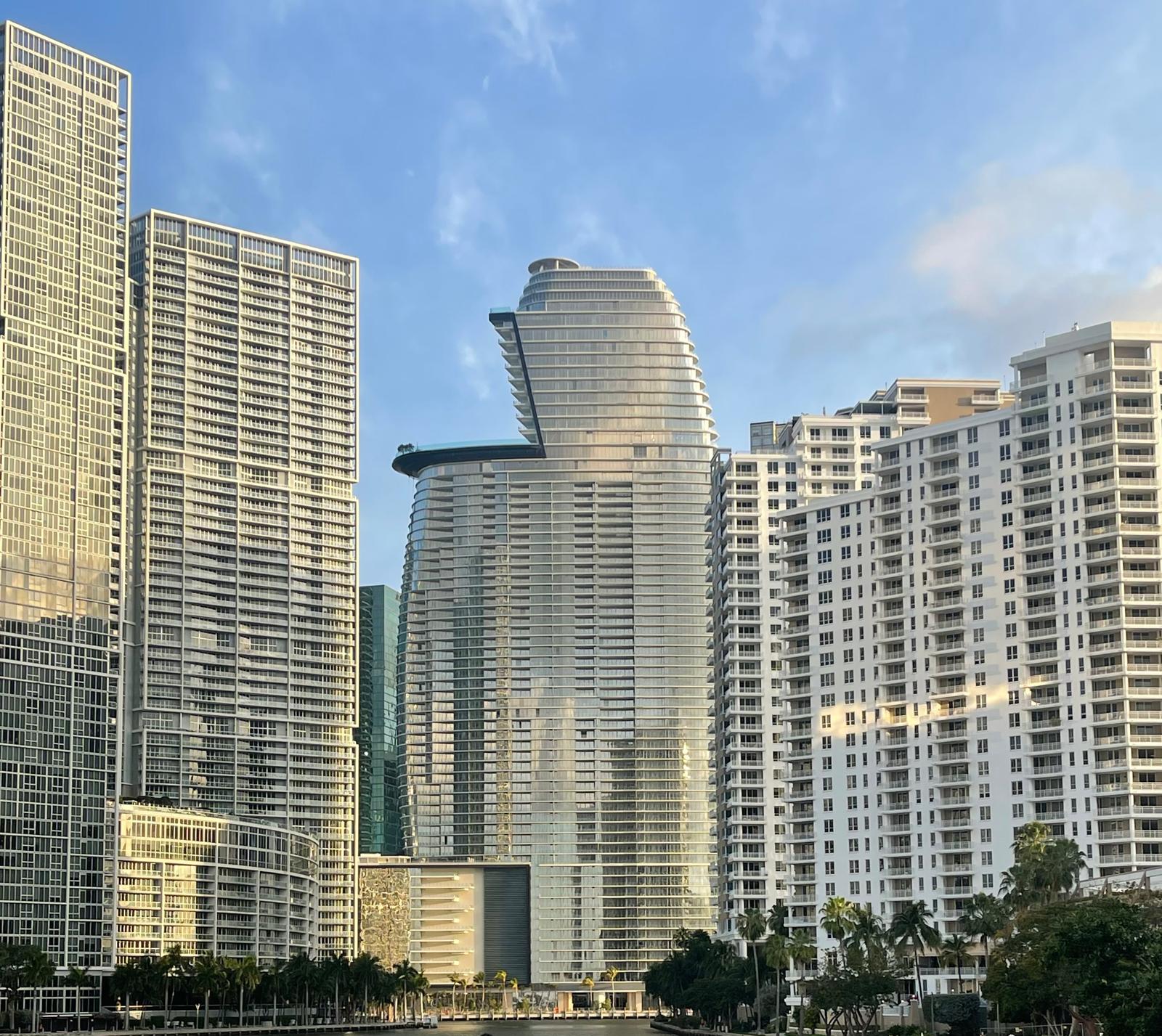Expanding foreign investments for Brazilian investors has long been a challenge, as Brazil’s atypical market—very different from many of its Latin American peers—barely allocates 1% of its investments abroad. In this scenario, subordinated funds and international asset managers compete for a small portion of “diversified” portfolios of potential clients.
One such player is J.P. Morgan Asset, which has been striving to highlight the results of offshore investments through three key pillars and a diversified portfolio that delivered an annual return of 11.6%, according to Giuliano de Marchi, director for Latam at J.P. Morgan Asset and director at Anbima.
“We can demonstrate that not putting all your eggs in one basket works,” says de Marchi, at the ANBIMA Global Insights event held this Tuesday (1) in Sao Paulo. He emphasizes that the CDI (Brazil’s interbank rate) over the same period provided an almost 8.5% annual return, or a cumulative 130%. “It’s a fact that diversification works, and everyone [in the market] knows this.”
First Pillar: Looking at Global Opportunities
Understanding investment opportunities in other countries is the first step when looking at the world of global assets. De Marchi points to data showing the size of the global investment market. “In the global fixed income market, the percentage outside Brazil is 98%,” he says, highlighting the limited opportunities available in the South American giant.
Equity investments present even fewer opportunities. “99.9% of the equity market is outside Brazil,” he adds. “If the investor does not invest in global markets, they are excluding 98% of their wealth: 98% in fixed income and 99% in equities. Therefore, from a size perspective, it’s crucial to observe the global market.”
The manager notes a similarity between Brazilian and U.S. investors: both have limited global exposure. However, he stresses that the markets differ greatly in size. The U.S. market, considering both fixed income and equities, “is 117 times larger and 25 times more liquid than Brazil’s.”
Second Pillar: Sector Diversification
One of JP Morgan Asset’s strategies is to assess sectors that do not exist in Brazil and how they can protect Brazilian investors.
In one panel, De Marchi compares three sectors to the Ibovespa, Brazil’s benchmark stock index, which currently has a value of $356 billion. In contrast, the U.S. growth market stands at $23 trillion, Europe’s luxury sector at $552 billion, and Asia’s technology market at $2 trillion.
“These are very large markets, much larger than Brazil’s, and sectors that are theoretically not present in the Brazilian market. So, if I want to invest, I have no local access,” he says. And how do they perform? De Marchi presents an analysis showing the cumulative returns of various sectors relative to the Ibovespa over eight years (2015 to 2023).
During this period, the CDI yielded 116% and the Ibovespa 140%. In contrast, the sectors examined showed much higher cumulative returns: luxury (480%), U.S. growth (520%), and biotechnology (250%). “It’s not only important to diversify to reduce risk but also to achieve better returns,” he asserts.
Third Pillar: Understanding Companies
Using a chart of the MSCI All Country World Index, which tracks the performance of large and mid-sized companies with a global presence in developed countries, de Marchi compared the top five companies in Brazil in 2005—Vale, Itaú, Ambev, Petrobras, and Bradesco—with the U.S. market’s top companies: Citi, British Petroleum, Microsoft, General Electric, and Exxon Mobil.
By 2023, only Microsoft remained among the U.S. companies, while three Brazilian companies continued to lead. “We’ve seen an absolute change in sectors. It’s crucial to understand the trends and the companies,” he emphasizes. “MSCI has around 3,000 companies, and only 48 of them are Brazilian.”




